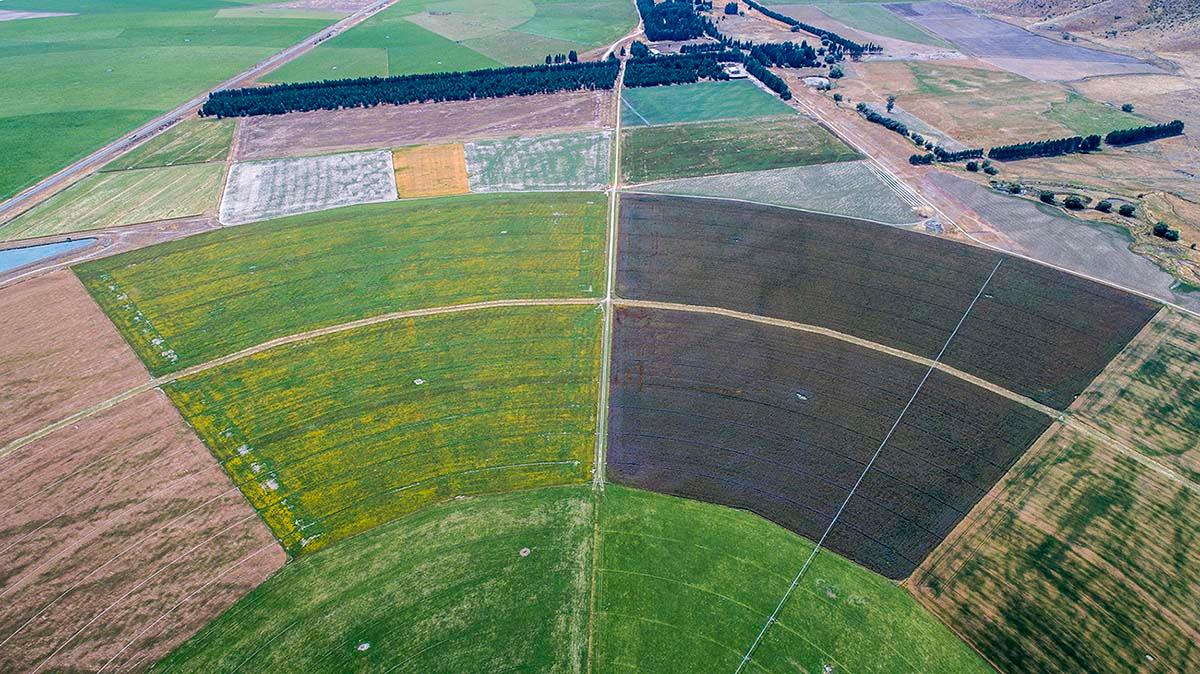
Regenerative Agriculture
Sustainable and Regenerative Farming for Beginners
We think about regenerative agriculture when we hear the phrase "sustainable food system." This form of agriculture tries to build, rather than destroy; whether it's ecosystem resilience, relationships with farmers, or living standards for animals, regenerative agriculture is an endeavor to cultivate and cater to the needs of all parties. It's not merely a matter of 'doing no harm,' but also of enhancing the environment through farming. The Climate Reality Project actually defines regenerative agriculture as:
A set of agricultural concepts and practices that aims to repair and improve the farm's overall ecosystem by placing a major emphasis on soil health and paying close attention to water management, fertilizer use, and other factors.
Clearly, this strategy can aid in the revitalization and regeneration of agricultural ecosystems. The improvement of soil quality, the management of biodiversity on farms, the integration of farms into the larger landscape as opposed to treating them as isolated businesses, and the utilization of waste are some of the specific areas of concentration. In each of these instances, the basic principle is that humans should cooperate with nature rather than oppose it.
Instead of throwing chemicals on the ground, why not take better care of them from the start? Why not collaborate with the insects that pollinate our crops instead of employing chemicals that kill multiple insect populations? Moreover, instead of purchasing cheap, low-quality, unethically produced food from supermarkets, why not invest in your health and the welfare of our world by purchasing directly from small farmers that practice holistic agriculture?
Regarding their approach to sustainable agriculture, each of the small farms with which we collaborate is utterly unique.
Permaculture and crop rotation systems as Regenerative Agriculture Strategies
In essence, both permaculture and regenerative agriculture seek to attain the same goal: farming in harmony with nature. The distinction rests in the fact that regenerative agriculture is the process (e.g., organic/no-till farming) of sustainable agriculture, while permaculture refers to the underlying ideas of various farming designs.
Crop rotation is an example of a permaculture-based system. Instead of planting and cultivating the same crop in the same location year after year, it is proposed to rotate the crops that are cultivated. This is an efficient method for organically preventing crop-specific pests and diseases.
Regenerative grazing and biodynamic agriculture
In terms of agriculture, biodynamic farming tries to bridge the gap between animals, plants, and soil. For instance, using manures and composts can increase soil fertility and recycle nutrients for plant growth. In the context of the current food system, this could minimize dependency on chemical-based fertilisers and give an alternative to allowing manure to leak into water systems. Ultimately, it is founded on the idea that cattle, land, and crops should be addressed as a one system.
Regenerative grazing, like biodynamic agriculture, is a technique to incorporating animals into the process of food production. Specifically, it pertains to the management of livestock on perennial forages and the rotation of those animals throughout several plots of land.
Agricultural forest and food forest
Agroforestry involves integrating agriculture with forestry, as the term suggests. It involves cultivating trees and crops on the same piece of land to regulate runoff and soil erosion, improve soil characteristics, efficiently utilize solar energy, and moderate microclimates, among other benefits.
Food forests vary in that they are an attempt to learn from the self-sustaining nature of forests and apply it to agriculture. The primary strategy is to establish numerous levels (like those of a forest) of trees that produce fruits and nuts, so that we can literally create a forest that produces food!
Soil management
We can increase the quality of our soils in a number of ways. No-till/reduced-till techniques, for instance, can assist minimize soil disturbance (while also preserving carbon dioxide), planting cover crops can reduce the effects of rain on soil erosion, and improved irrigation practices can prevent waterlogging. The foundation of a robust, effective, and sustainable food system is the management of healthy, productive soil.
Transport networks
Although distribution systems may not directly fall under the umbrella of regenerative agriculture because they are not directly tied to farming, we feel that they are still a crucial aspect of food systems that must be rebuilt. If we are to meet the needs of everyone, we must shift towards utilizing local abattoirs and food markets and lessen our reliance on long-distance industrial transportation. Not only do these activities have a negative influence on animal welfare, but they also result in the emission of substantial quantities of greenhouse gases.